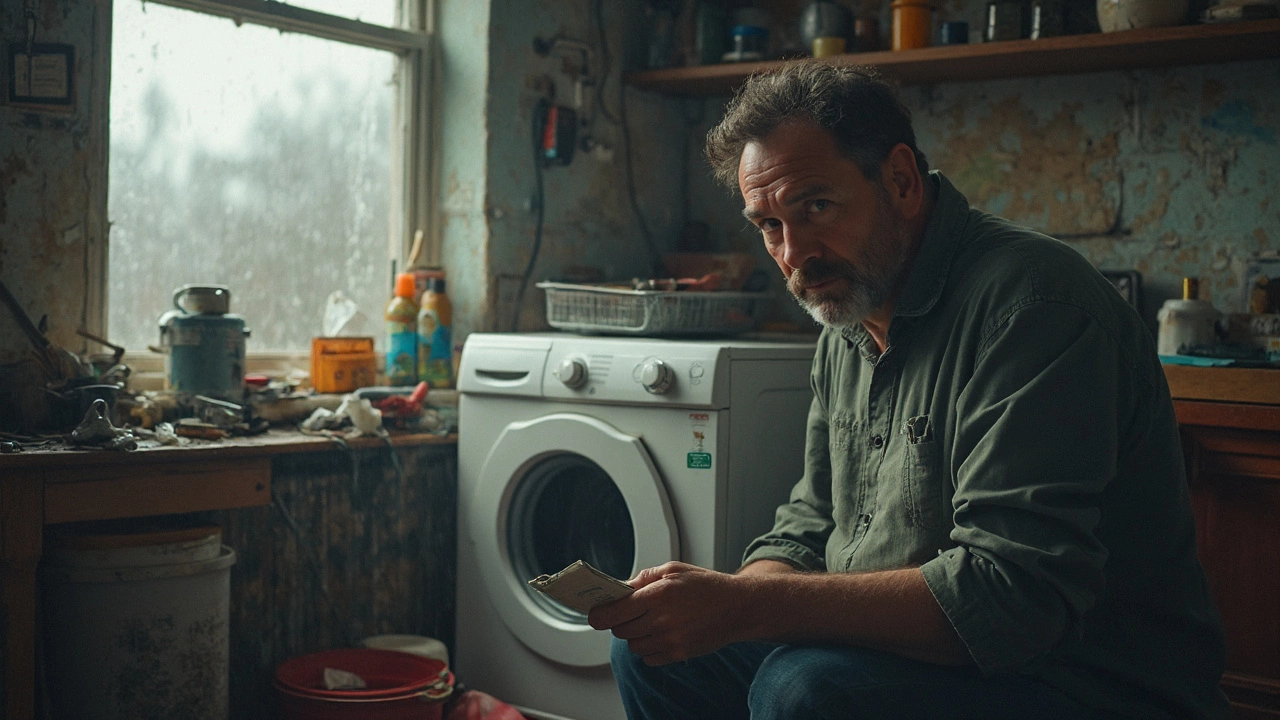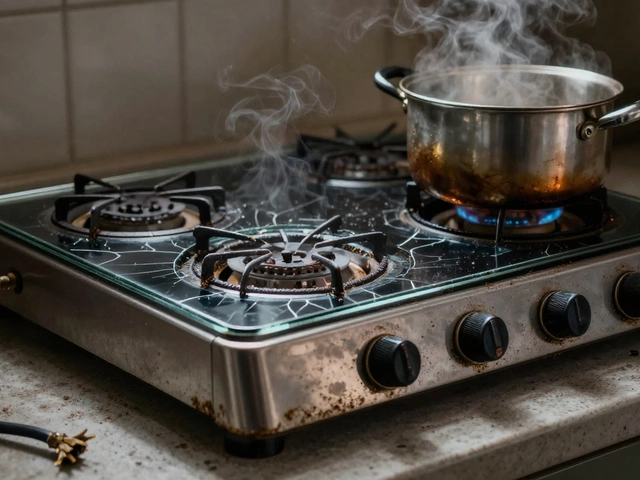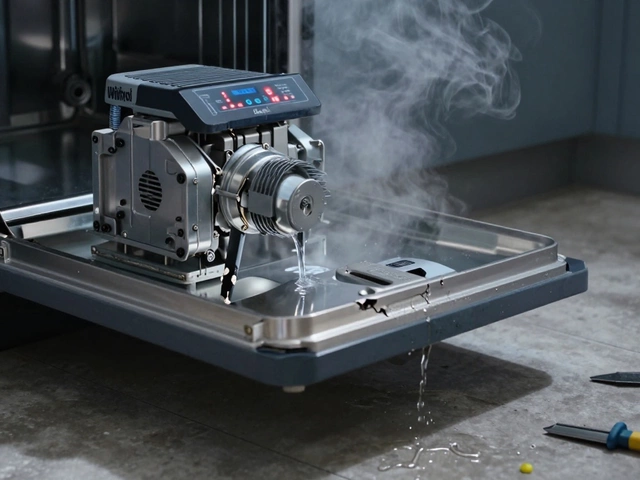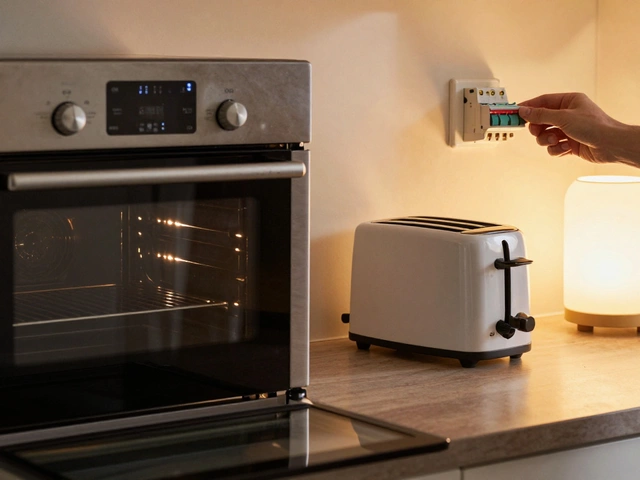Appliance Replacement Guide – What to Fix and When to Swap
If your fridge is humming but not cooling, your washing machine is making weird noises, or your boiler keeps tripping, you’re probably asking yourself: should I repair it or buy a new one? The answer isn’t always obvious, but a few simple checks can save you time and money.
Know the Signs That It’s Time to Replace
First, look at the age of the appliance. A typical refrigerator lasts about 10‑15 years, while washing machines often push 12‑14 years if you keep up with maintenance. If the unit is older than its average lifespan and repairs keep adding up, replacement becomes the smarter choice.
Next, consider the cost of the repair versus the price of a new model. When a single repair costs more than 50 % of a comparable new appliance, most experts advise buying fresh. For example, a compressor failure in a fridge can run you £300‑£500 – often more than a mid‑range fridge.
Energy efficiency is another clue. Older appliances use more electricity, so a modern, Energy Star‑rated model can lower your bills enough to offset the upfront cost within a few years.
Popular Appliances and What to Expect When Replacing Them
Boilers: A boiler typically lasts 10‑15 years. If you’re hitting the 15‑year mark, expect higher repair bills and lower efficiency. Our data shows boiler replacement costs can climb quickly, especially if you need a new flue or gas certification.
Refrigerators: The most expensive single repair is usually the compressor. If your fridge is under 10 years and the fix is under £200, repair makes sense. Beyond that, a new unit with a better seal and smarter defrost system pays off.
Ovens: Replacing a heating element can be cheap, but control board failures often run £150‑£250. If your oven is over 10 years old, think about a newer model with self‑cleaning and better temperature control.
Washing Machines: Common faults include drum bearings and pump leaks. If you’ve spent over £150 on fixes in the past year, a new machine with higher spin speeds can cut drying time and water use.
Dryers: A failing thermostat or drum belt can be repaired for under £100. But if the dryer is older than 12 years and you notice longer drying cycles, a newer, heat‑pump dryer might save energy.
Don’t forget about smaller items like extractor fans and hobs. Replacing a faulty fan motor is usually under £80, but persistent issues may point to wiring problems that are safer to solve with a new unit.
Finally, always check warranty coverage. Some manufacturers offer a 12‑month free repair period, and many local repair services, like Weymouth Appliance Repair Services, provide a free diagnosis that can help you weigh the options.
In short, weigh age, repair cost, and energy use. If the math points to a new purchase, go for it – you’ll likely save money in the long run and enjoy a more reliable home.
When Not to Repair a Dryer: Signs It's Time to Move On
- Alden Wilder
- May 7 2025
- 0 Comments
Not every dryer is worth fixing. This article digs into clear signs that tell you when repairing your tumble dryer just doesn't make sense anymore. Learn about the warning signals, costly mistakes to avoid, and what to do instead. Get practical tips and real-world advice, so you don’t waste money or risk safety. Don’t let an old machine eat up your budget or your patience.
View More




